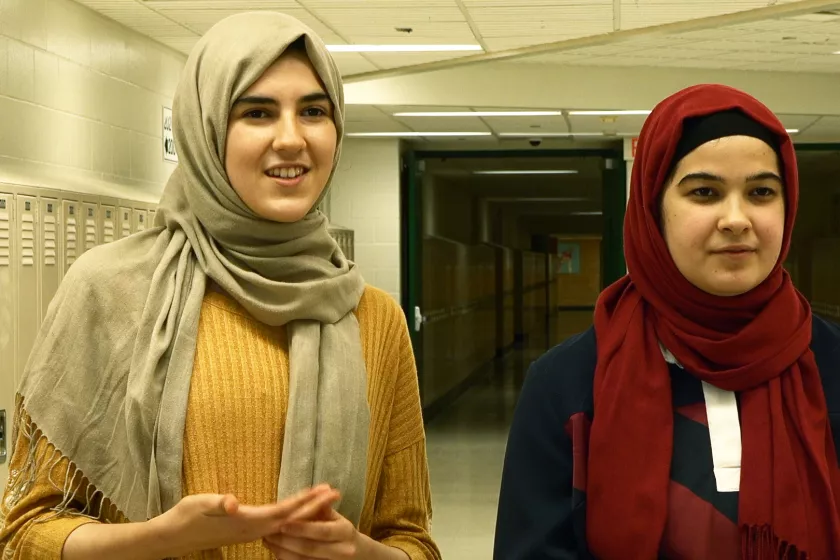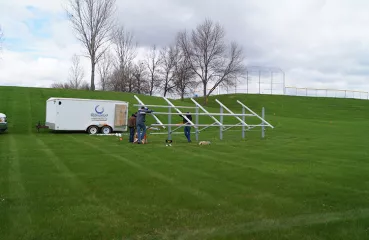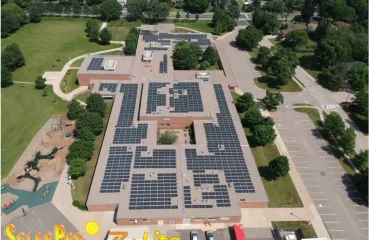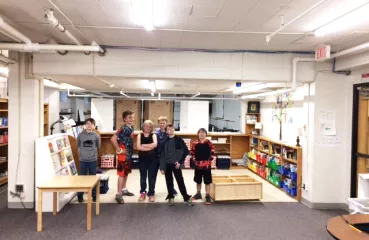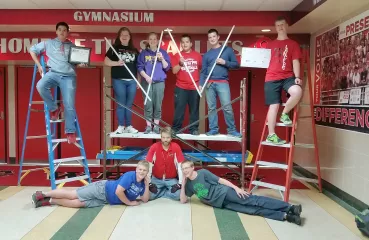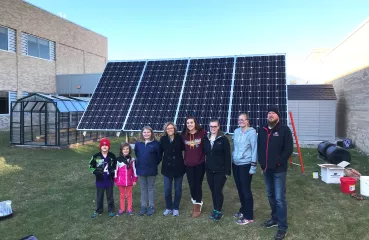Mike Cartwright: During the summer of 2014, I took a summer class for teachers at the University of Minnesota. The class was "Renewable Energy and Bioproducts" from the Department of Bioproducts and Biosystems Engineering. Professor Ulrike Tschirner provided a hands-on introduction to several renewable energy options including solar, wind, biodiesel, bio-ethanol, hydrogen fuel, hydropower, geothermal, etc. A major component of the course required a project and lesson plans. I chose solar for my research because of the environmental and economic opportunities.
My research led me to IPS Solar, a full-service clean energy development company that has been in business since 1991. Eric Pasi, the Chief Development Officer for IPS, and a UMN grad, visited to discuss a rooftop solar project on my home. While discussing their work, I learned that IPS was involved in a school rooftop project in Chisago Lakes. Eric discussed the opportunities for schools with the current legislation and Xcel programs. As a physics teacher it sounded like a great opportunity for Mounds View Schools, economically and educationally.
I met with the district's Assistant Superintendent to discuss the feasibility. He brought it to the Superintendent, School Board, and all of the district decision makers. After careful consideration and research, Mounds View Schools applied for three school projects in a fairly competitive field of requests. Eventually, after three years of the program, 13 of the school buildings had the 40 kW systems operating.
How did the solar installations go?
Mike Cartwright: IPS Solar worked with the district Operations and Maintenance Department to identify roof space that was appropriate for a long term commitment to a solar array, and would have minimal shading. Some roof areas may have needed resurfacing before the installation. None of the flat roofs have any penetration through the roof, all are ballasted. Upon completion, IPS held a ribbon-cutting event with staff and students.

